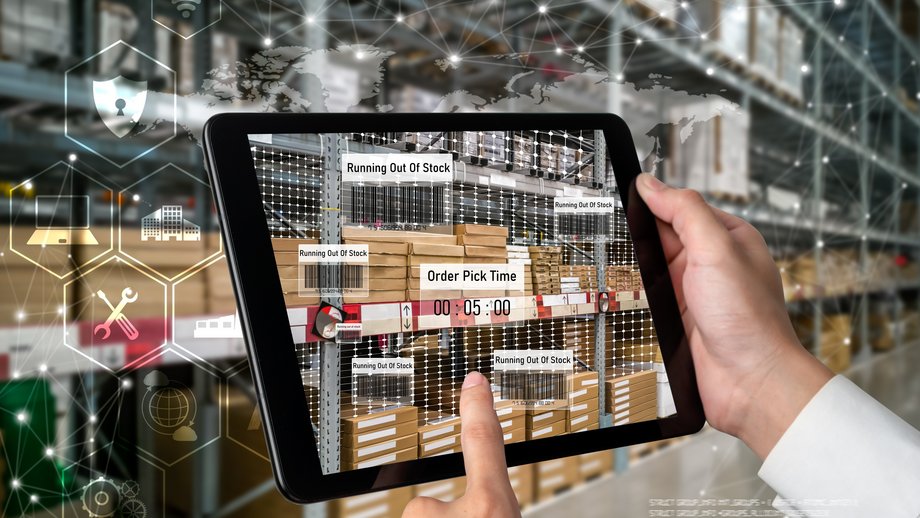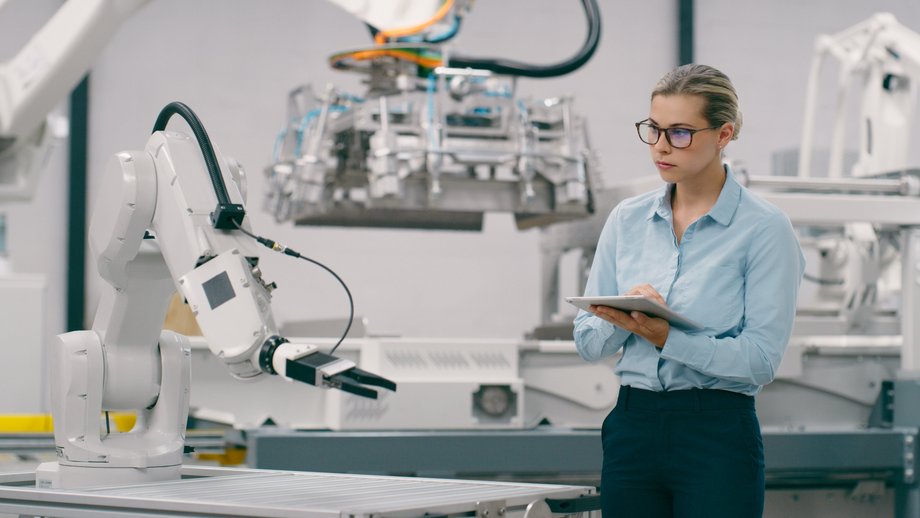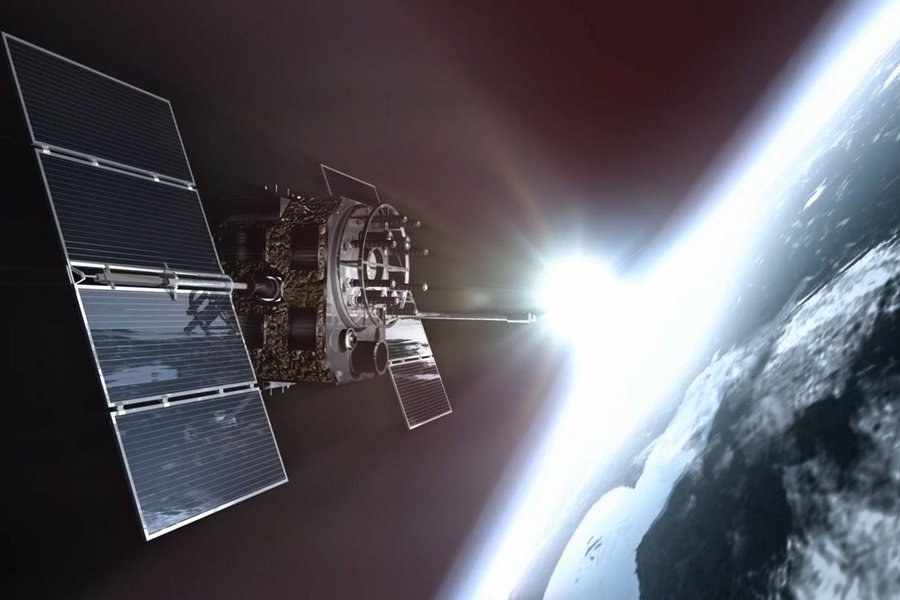Going green with IoT
Sustainability and the urgency of climate change are the dominant issues of our time. They touch all industries and areas of society – and the IoT industry is no exception. However, when it comes to sustainability, the industry is facing its own unique challenges that require a nuanced approach.
On the one hand, many IoT devices are designed to optimize emissions on an industrial scale that will have a genuine tangible impact – and businesses are increasingly turning to IoT to do just that. In 2023, 80% of companies planned to use IoT to better measure and understand the impact of their sustainability initiatives, while 72% had already seen an ROI by doing so.3 Expect this trend to continue in the year ahead.
Considering the vast array of applications, it’s no surprise that many businesses are leveraging IoT to support sustainability goals. For instance:
- Smart grids: IoT devices in energy grids enable real-time monitoring and management of electricity usage, reducing wastage and optimizing energy distribution, leading to lower greenhouse gas emissions.
- Precision agriculture: IoT sensors in farming monitor soil moisture and crop health, allowing for precise irrigation and fertilization, reducing water usage and the overuse of fertilizers that can produce harmful emissions.
- Smart buildings: IoT devices optimize heating and ventilation systems in buildings to reduce energy consumption and associated emissions.
- Transport and fleet management: IoT devices optimize routes for delivery vehicles, reducing fuel consumption and emissions. Meanwhile, IoT-enabled traffic management systems decrease road congestion, leading to lower traffic emissions.
However, this overwhelmingly positive impact is not without cost. The growth of massive IoT poses legitimate questions regarding harmful CO2 emissions caused by the production, operation, and eventual disposal of billions of devices. To mitigate this, industry is adopting several sustainable practices, such as using resource-saving materials, prolonging the service life of devices, and developing innovative technology such as printed batteries on smart shipping labels that reduce waste and reduce the use of lithium batteries. Beyond the environmental impact, these measures also lower operating costs, further incentivizing businesses to pursue eco-conscious practices.
Remote SIM management can also contribute to emission reductions. An “independent study by Fraunhofer IZM for G+D” revealed that eSIMs produce 46% less CO2 compared with their pluggable counterparts over their lifespan. With more than 5 billion eSIM-equipped devices expected on the consumer and IoT market by 2027, the cumulative impact on emissions will be significant.
And this is before we consider the impact of iSIM, which is even smaller and more energy-efficient than eSIM. As the IoT industry grows, both will play vital roles in helping businesses across all industries reduce their carbon footprint and achieve their sustainability goals.
Having identified some of the major challenges and opportunities affecting the IoT landscape, the final question remains: how do companies and organizations make the most of them?





